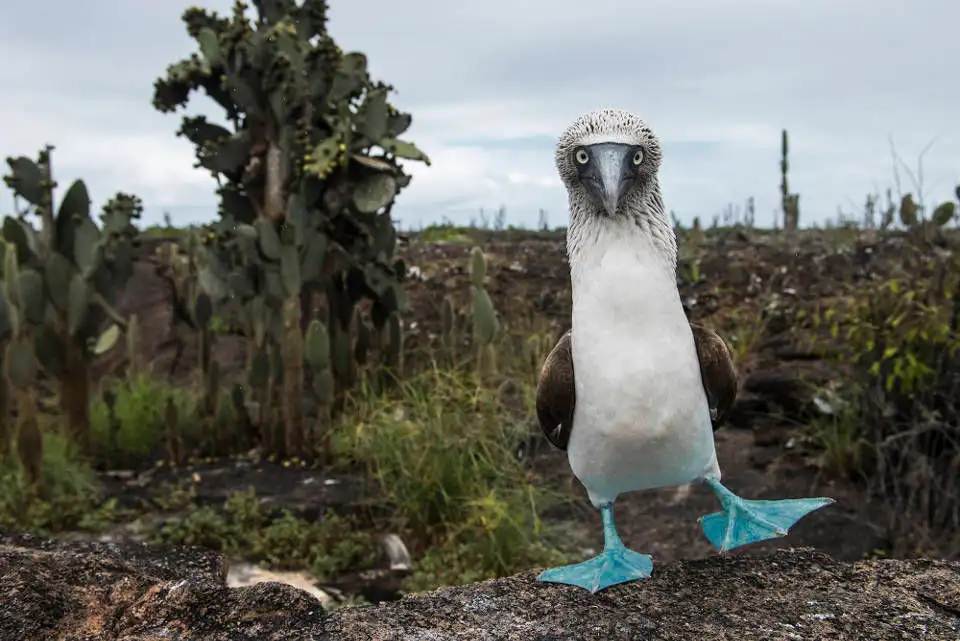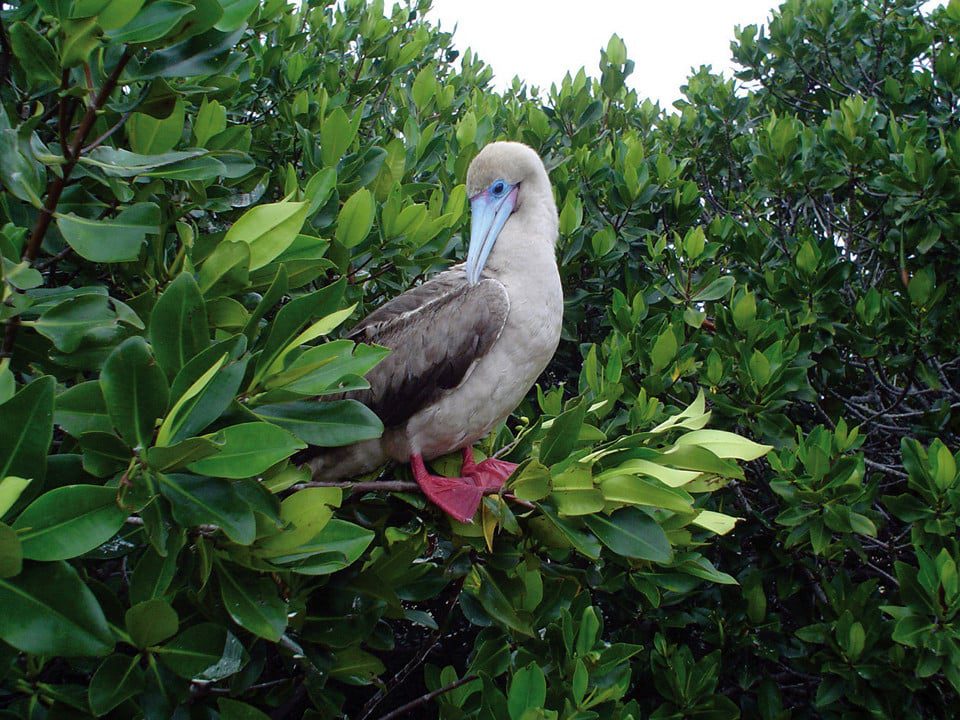PURPLE-FOOTED BOOBY = RED AND BLUE-FOOTED BOOBY, RIGHT?
TALK TO A DESTINATION EXPERT

Diego Zapata

Rosa Mena

Sandy Lara

Diego Zapata

Rosa Mena

Sandy Lara
According to contemporary definitions, “mixing” species fuses various biological kinds. The natural name for this process, “hybridization,” is hybridization (spelling hybridization is also acceptable). There are some fascinating examples of hybrids in nature, most of which were made intentionally by humans.
When two remarkably similar species—that is, species that consistently belong to the same genus—combine, you get a hybrid. Because it is doubtful that a jackrabbit and an antelope will mate, fantastical species like a jackalope do not exist. Wolpertingers and human-like creatures like Horus or Seth were regular drawings in ancient Egypt; these images are not the only ones. Mules, savannah cats, camas, zebroids, and ligers are successful hybrid examples. Thus, the critical query regarding the Galapagos is: why aren’t purple-footed boobies present?
A family of sulidae
There are three distinct species of boobies in the Galapagos Islands that belong to the genus Sula, which is mainly found in the Sulidae family, which includes gannets and boobies. These are Nazca boobies, blue-footed boobies, and red-footed boobies. Although they are sighted almost anywhere in the archipelago, their nesting sites are incredibly private. Explorers can witness all three species breeding in the same spot at places like Punta Pitt on San Cristóbal Island. The unique advantage of seeing striking volcanic vistas combined with all the wildlife species that call this place home is undoubtedly provided by an itinerary that stops here.
Even though both species of pinnipeds share the same islands, visitors can easily comprehend why a fur seal, a subspecies of a sea lion, does not mix with a sea lion. In addition to having distinct habitat preferences, these two species differ significantly in size, emit extremely different sounds, are active at different times of the day, and exhibit various other behavioral variations. Still, one cannot but wonder what might transpire if blue-footed boobies—both of which are members of the Big15 species—ever tried to mate with red-footed boobies. Is it possible for nature to produce purple-footed boobies? This is the ultimate question.
PRIMITIVE BARRIERS
Behavioral and Evolutionary Biologists have conducted many studies on this concept and created several terminologies about “mating barriers.” Put another way, there is no possibility of mating if pre-mating obstacles act as isolating mechanisms. It makes sense why albatrosses would never attempt to court a marine iguana. They aren’t comparable enough due to their differences and complexity. Other premating barriers include ecological isolation, where nesting occurs at distinct places, and temporal isolation, where breeding times may not coincide. Even more extreme is behavioral isolation, which occurs when people meet but select among themselves due to differing courtship customs. And the primary reason nature doesn’t produce purple-footed boobies is actually due to this last one.

Javier Garcia

Eduardo Silva

Carolina Escobar
START PLANNING YOUR TRIP

Javier Garcia

Eduardo Silva

Carolina Escobar
Get in touch for more
CONTACT US
THE PARADIGM OF OCCUPY-FOOTED BOOBIES
Red-footed boobies nest on trees and shrubs, but blue-footed boobies nest on the ground despite their similarities. The reds don’t parade and cannot stretch their wings much because of a shortage of room, while the blues do a great deal of sky-pointing with their wings spread, and beaks pointed straight up during courtship. Ultimately, as long as it benefits your species, how your court doesn’t matter. This is the reason why purple-footed boobies cannot be found in “Booby Land,” and during your Galapagos voyage, you will be able to see proof of these kinds of “premating barriers.” Pick an itinerary that includes visits to red- and blue-footed booby-nesting colonies for some genuinely unique natural history education. This is as good as it gets when it comes to Galapagos.
Look at this post and decide if you need help selecting the ideal Galapagos cruise option for you!
Text by Francisco “Pancho” Dousdebés – Galapagos Expert
El Barranco, Genovesa Island, August 15th, 2017 :: Lat &Long: 0°19′00″ N / 89°57′00″ W




